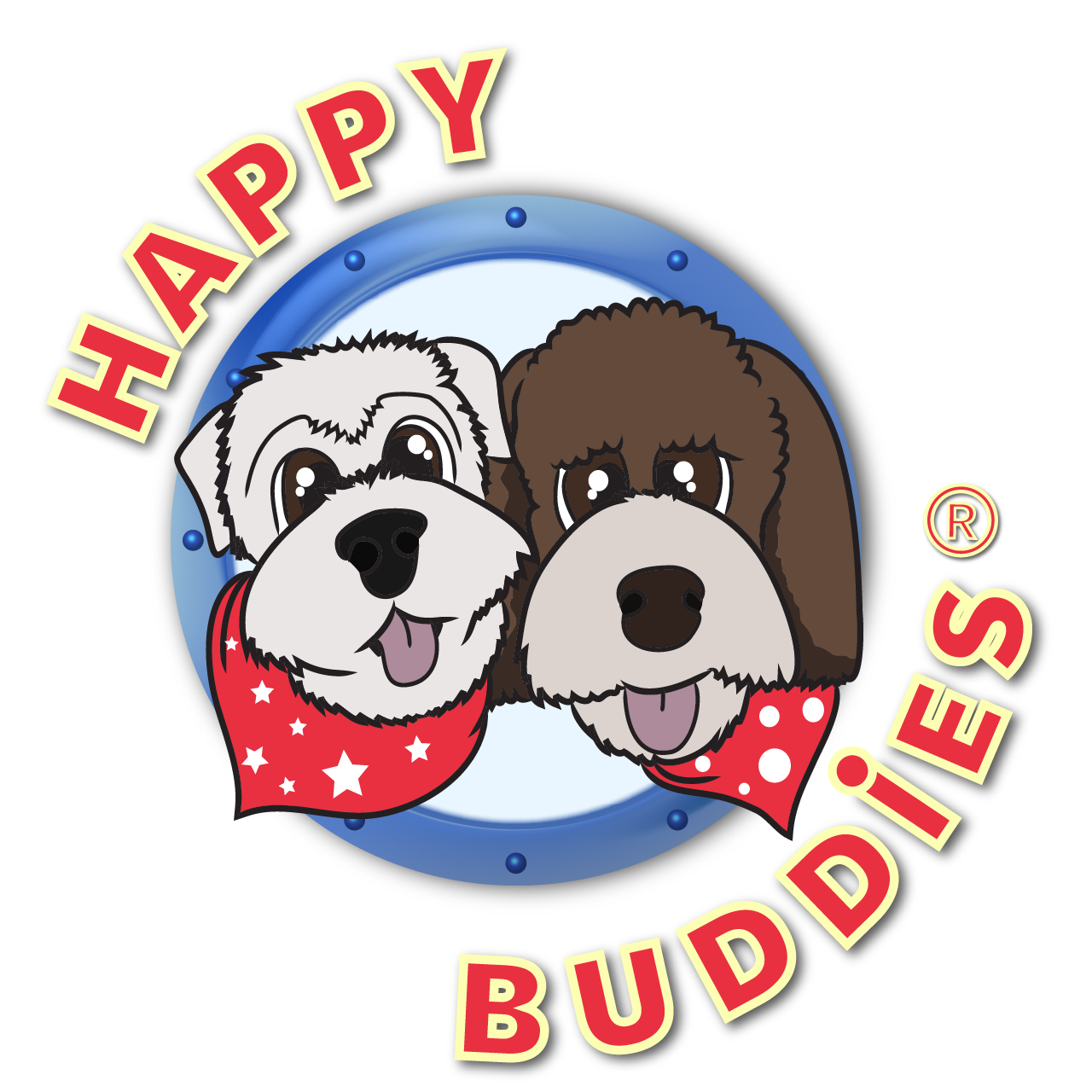Training your Puppy to Walk with a Loose Lead
Loose lead walking is one of the most challenging concepts for puppies and dogs to grasp.
Walking on a lead does not come naturally to them and can be a very frustrating exercise.
Think about this for a moment. A dog naturally walks at a much quicker pace than we do. They move differently to us. Their priorities are different to ours. They want to sniff their environment and the things within it.
When you attach a lead to your puppy or dog and hold the other end, things they would naturally do are hampered. They can no longer walk at their pace. They are prevented from gaining access to the things around them that they want to sniff and explore. It can be a very frustrating experience for them.
However, whilst it can be challenging and frustrating at times, once you’ve got it, you’ve got it for life! The key is to keep this training fun and reinforce a job well done generously. When you do that, you are helping to set both you and your puppy up for success!
Here’s Our Top Tips to Successful Loose Lead Walking!
🐾 Equipment
Do you have the correct equipment for your puppy? Is it the right size? Have you correctly fitted it? Is it comfortable for them to wear? Have you desensitised them to wearing it?
🐾 Get Set Up
Decide which side you'd like your puppy to walk on and stick to that side. This will help your puppy build a stronger association with the loose lead walking position. Hold the lead in the hand that is the other side to your puppy and reward from the hand that is above your puppy (i.e. if puppy is on your left, hold the lead in your right hand and deliver rewards from your left hand).
🐾 Engagement
The foundation of all training! Is your puppy able to focus on you and have you built a good relationship with them? Have you shown them how much fun being by your side is through fun games and motivation, off lead and on-lead?
🐾 Pay generously
When there is no tension in the lead, reward well! Use tasty high value rewards and initially, a high rate of rewards! Use your voice to encourage them and to increase the likelihood of them remaining engaged with you. Don't forget to also reward them when they look up at you!
🐾 Distractions
Introduce this training first when there are little or no distractions. Always set your puppy up to succeed by practicing this first in your home, then your garden, then your drive or pathway before progressing to the distractions of the big wide world - but only once they are ready!
🐾 Stop if they pull
If your puppy pulls and the lead goes tight, stop, otherwise you are inadvertently rewarding the pull. Refocus your puppy, guide them back into position, reward and continue. Reward after a couple of steps. Repeat every time they pull. Puppies and dogs learn through repetition and so will soon realise it's their pulling that is preventing them from getting where they want to go.
🐾 Jumping
If your puppy is jumping up to obtain the treat between rewards, hold the treat higher up (by your shoulder) and deliver the reward at their natural head height nice and quickly. This will prevent your puppy attempting to jump between rewards and make it less likely you'll reinforce the jumping behaviour.
🐾 Change direction/route
Your puppy is more likely to pull on the lead if they know where they are going! Changing direction, driving a short distance from the house first and practicing new routes and in different places can really help!
🐾 Allow them to sniff
Walks are supposed to be for our puppies, not just us. Sniffing is a crucial part of a puppy's natural behaviour. If they stop to have a sniff (without pulling towards it), let them and continue on only when they've gathered all the information they need. Allowing your dog to sniff regularly can naturally help with loose lead walking.
🐾 Rest Breaks
Break up this intensive training with activities such as tuggy, sniffing, find it and safe off-lead time to rest their brain for a recharge!
🐾 Practice and Patience
As explained at the beginning, loose lead walking is one of the most challenging concepts for puppies and dogs to grasp. It is not something that comes naturally to them and can be a very frustrating exercise. You'll need to practice this in lots of short bursts, regularly and really commit time to this exercise. If during a particular training session though, they are really struggling, reduce the criteria (e.g. choose a less exciting environment or ramp up the value/rate of the reward). You could even stop, do something else and come back to training loose lead walking later.
Loose lead walking is something we work on within our classes but if you need help because you are struggling in this area, get in touch, we can help!
